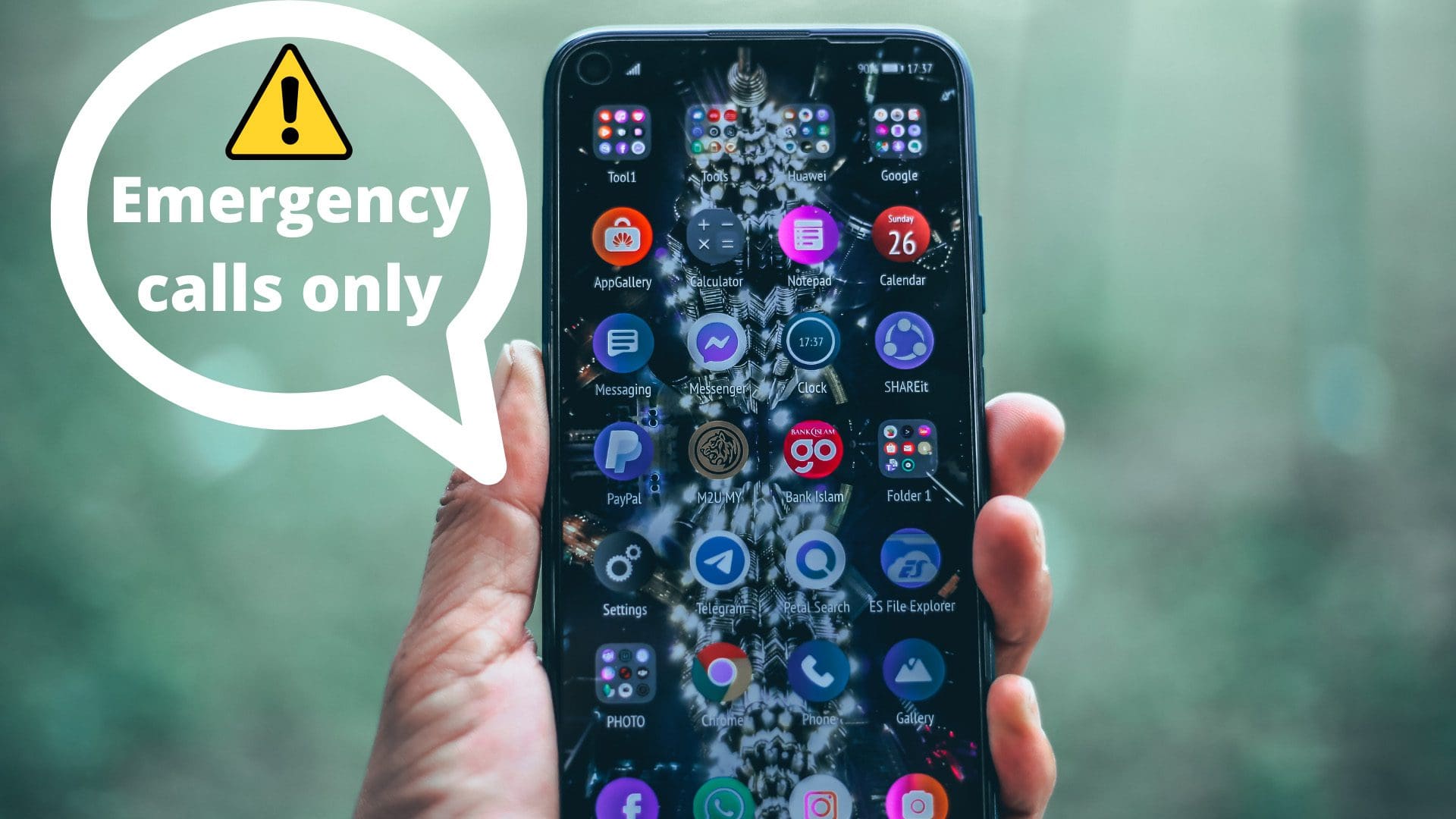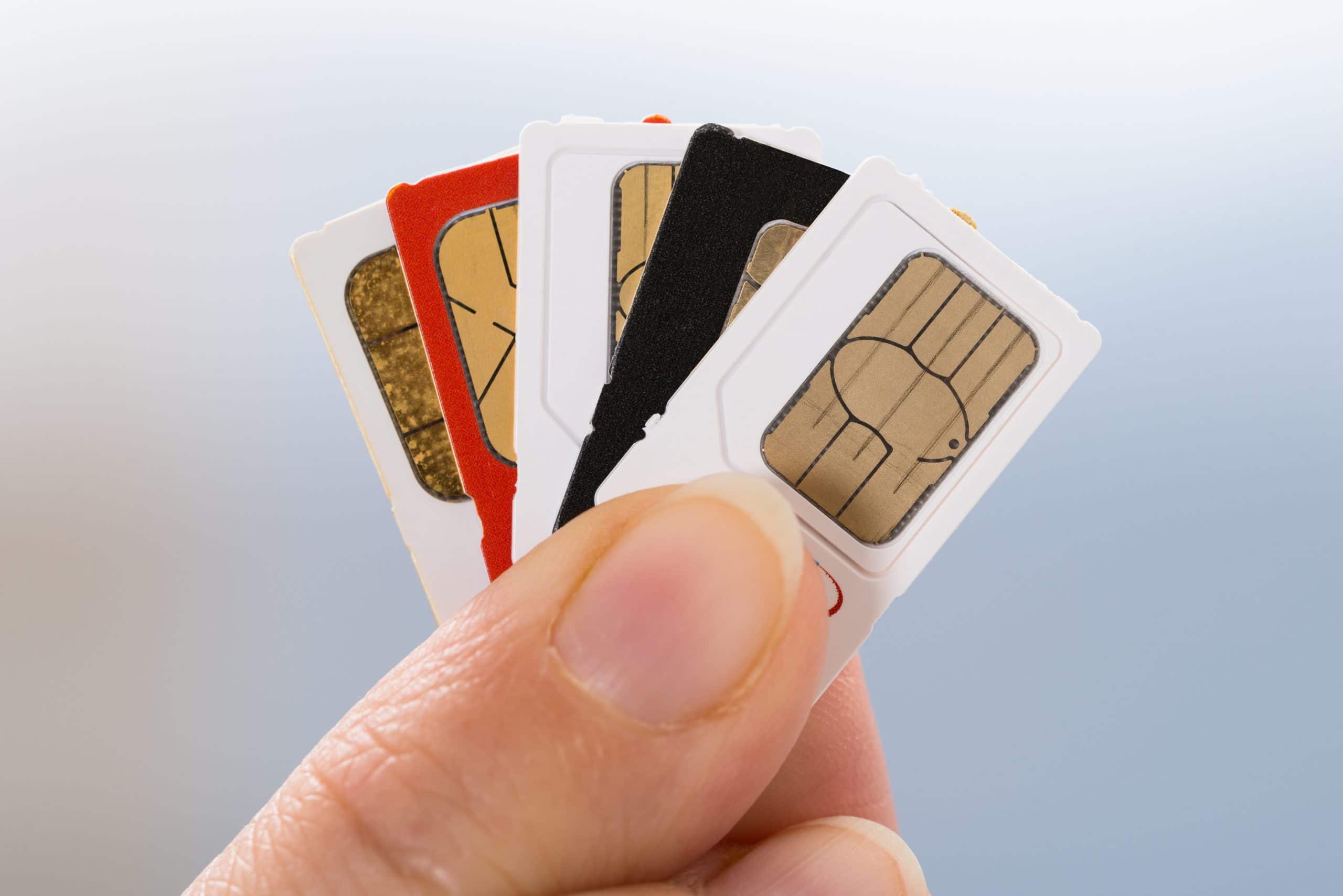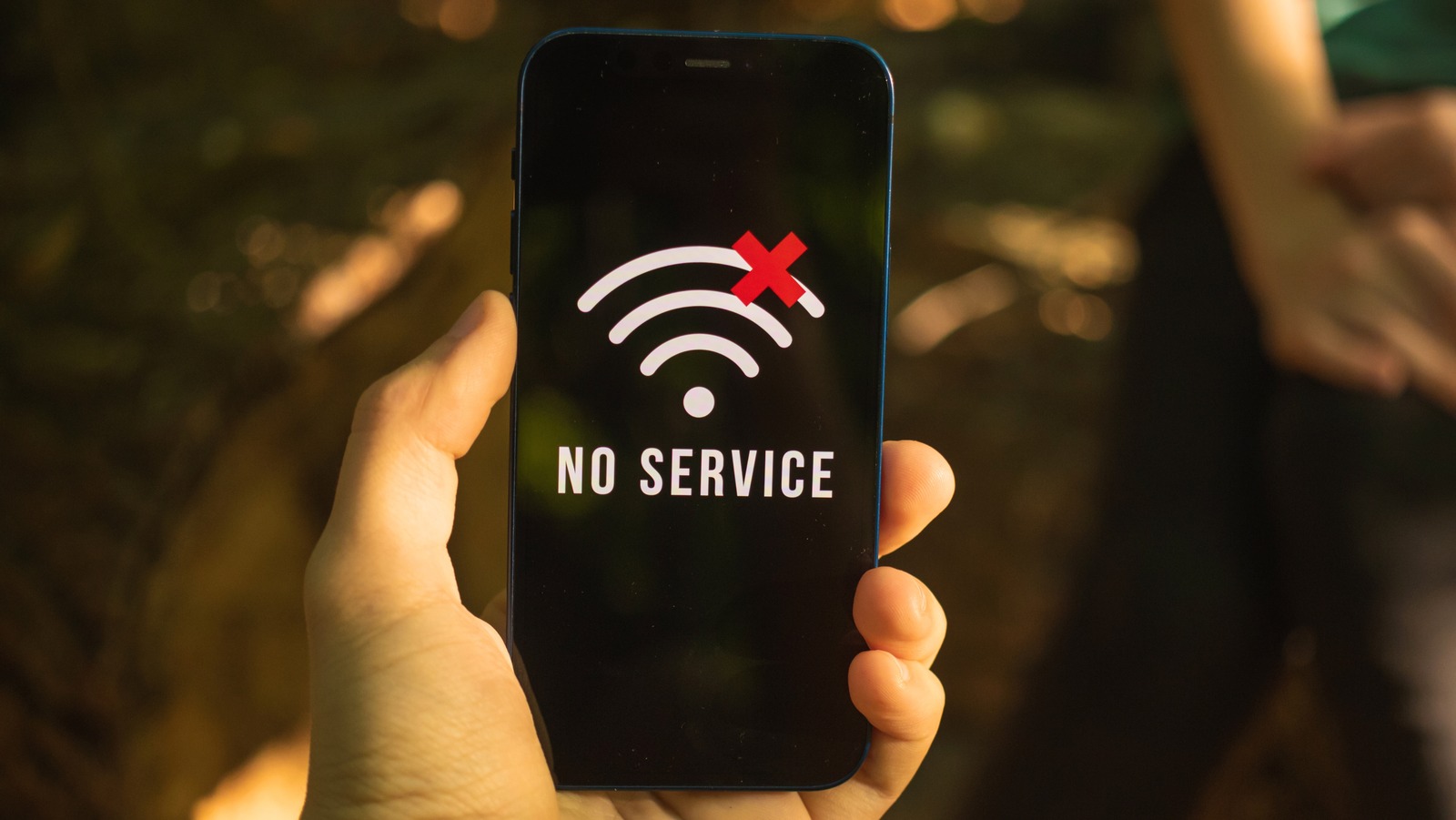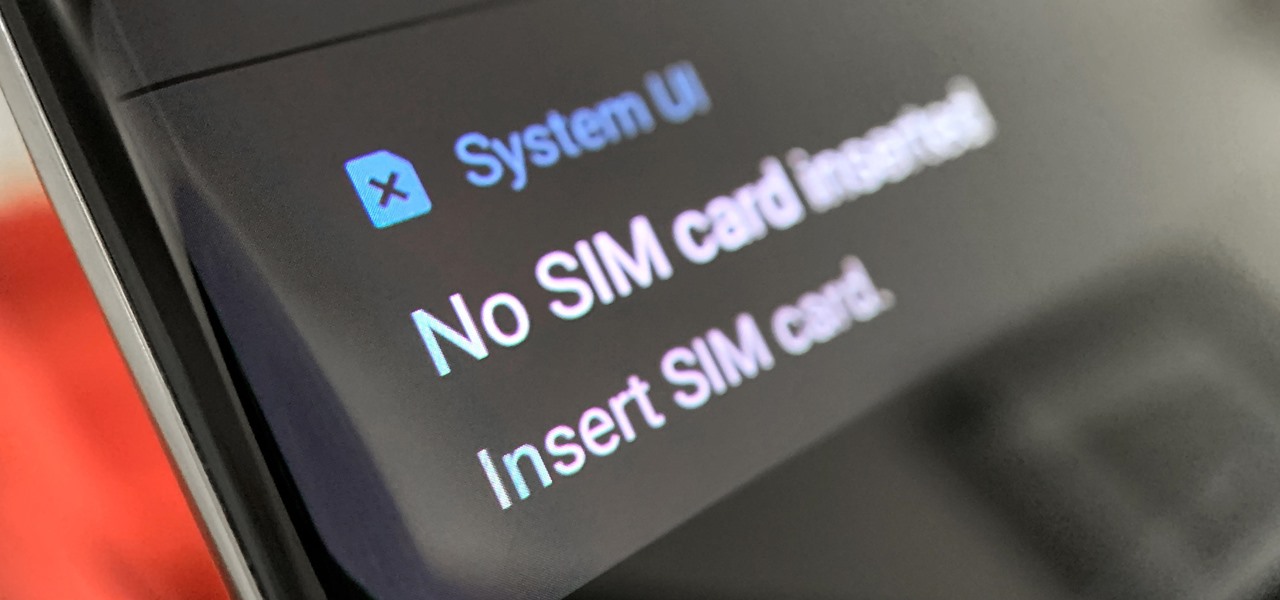Introduction
Disabling your SIM card is a crucial step in protecting your mobile device and personal information. Whether you've lost your phone, it has been stolen, or you simply want to prevent unauthorized usage, taking swift action to deactivate your SIM card is essential. By doing so, you can safeguard your sensitive data, prevent unauthorized calls and texts, and minimize the risk of incurring unexpected charges.
In this comprehensive guide, we will walk you through the step-by-step process of disabling your SIM card. We will cover everything from gathering the necessary information to contacting your mobile service provider and confirming the deactivation. By following these steps, you can ensure that your SIM card is promptly and securely disabled, providing you with peace of mind in the event of a lost or stolen device.
It's important to note that disabling your SIM card is a proactive measure that can help mitigate potential risks associated with unauthorized access to your mobile device. Whether you're a frequent traveler, a busy professional, or simply someone who values privacy and security, knowing how to disable your SIM card is a valuable skill in today's digital age.
Now, let's delve into the detailed steps to effectively disable your SIM card and protect your personal information and mobile device from unauthorized use.
Step 1: Gather Necessary Information
Before initiating the process of disabling your SIM card, it's essential to gather specific details and understand the implications of this action. By ensuring that you have the necessary information at hand, you can streamline the deactivation process and minimize potential complications. Here's what you need to do:
-
Personal Information: Begin by collecting your personal details, including your full name, address, and contact number. This information will be required when contacting your mobile service provider to request the deactivation of your SIM card.
-
Account Credentials: Retrieve your account credentials, such as your mobile phone number and any associated account or PIN numbers. These details are vital for the service provider to verify your identity and process the SIM card deactivation request securely.
-
Device Details: Take note of your mobile device's make and model, as well as its unique identification numbers, such as the IMEI (International Mobile Equipment Identity) or MEID (Mobile Equipment Identifier). These identifiers are crucial for reporting a lost or stolen device and ensuring that the correct SIM card is disabled.
-
Additional Security Measures: If your device is equipped with additional security features, such as biometric authentication or remote tracking and locking capabilities, familiarize yourself with how to activate these features in the event of a lost or stolen device. While not directly related to disabling the SIM card, these measures can enhance the overall security of your mobile device.
By assembling this essential information in advance, you can expedite the process of deactivating your SIM card and minimize any potential delays or complications. Additionally, having these details readily available demonstrates your proactive approach to safeguarding your mobile device and personal data.
Once you have gathered the necessary information, you can proceed to the next step, which involves contacting your mobile service provider to initiate the SIM card deactivation process.
Step 2: Contact Your Mobile Service Provider
After gathering the essential information required for the SIM card deactivation process, the next crucial step is to contact your mobile service provider. This step is pivotal in ensuring the swift and secure disabling of your SIM card. Here's a detailed overview of how to effectively engage with your mobile service provider to initiate the deactivation process:
-
Determine the Contact Channel: Begin by identifying the most accessible and convenient channel to reach your mobile service provider. This can typically be accomplished through methods such as calling the customer service hotline, visiting a local retail store, or utilizing online chat support. Consider choosing the contact method that aligns with your preferences and provides prompt assistance.
-
Prepare Your Information: Before reaching out to the service provider, ensure that you have the previously gathered personal details, account credentials, and device information readily available. Having this information at hand will expedite the verification process and facilitate a seamless interaction with the customer support representative.
-
Initiate the Communication: Once you have selected the preferred contact channel and organized your information, initiate the communication with the mobile service provider. Clearly articulate the reason for your contact and express the urgency of disabling your SIM card due to a lost or stolen device, or any other pertinent circumstances.
-
Verification and Authorization: Upon connecting with the customer support representative, be prepared to provide the necessary personal and account details for verification purposes. This step is crucial to ensure that the SIM card deactivation request is being processed securely and authorized by the rightful account holder.
-
Request SIM Card Deactivation: Clearly communicate your request to deactivate the SIM card associated with your lost or stolen device. Provide any additional details or circumstances related to the situation, such as the date and time of the incident, if applicable. Emphasize the importance of promptly disabling the SIM card to prevent unauthorized usage.
-
Follow Provider's Guidelines: Adhere to any specific instructions or protocols provided by the customer support representative regarding the SIM card deactivation process. This may involve confirming the deactivation request, acknowledging any associated terms and conditions, or receiving a reference number for future correspondence.
By effectively contacting your mobile service provider and following these detailed steps, you can initiate the process of disabling your SIM card with confidence and efficiency. This proactive approach demonstrates your commitment to safeguarding your mobile device and personal information, while also ensuring that the SIM card deactivation is carried out promptly and securely.
Step 3: Provide Necessary Information
Upon contacting your mobile service provider and initiating the process of disabling your SIM card, it is essential to provide the necessary information to facilitate the secure deactivation of the SIM card. This step involves conveying specific details and adhering to the verification procedures outlined by the service provider. By effectively providing the required information, you can ensure that the SIM card deactivation process is carried out accurately and promptly.
Here's a detailed breakdown of the crucial information you need to provide during the SIM card deactivation process:
-
Personal Identification: Be prepared to confirm your personal details, including your full name, registered address, and contact number. This information is vital for verifying your identity as the authorized account holder and ensuring that the SIM card deactivation request is processed securely.
-
Account Credentials: Provide your account credentials, such as your mobile phone number, account number, or any associated PIN or security codes. These details serve as key identifiers and enable the service provider to authenticate your account and validate the SIM card deactivation request.
-
Device Information: Communicate essential details about your mobile device, including the make and model, as well as any unique identifiers such as the IMEI (International Mobile Equipment Identity) or MEID (Mobile Equipment Identifier) number. This information helps the service provider accurately associate the SIM card with the correct device and expedite the deactivation process.
-
Incident Description (if applicable): If the SIM card deactivation is prompted by a lost or stolen device, provide relevant details about the incident, including the date, time, and circumstances surrounding the loss or theft. This additional context can assist the service provider in understanding the urgency of the deactivation request and taking appropriate measures.
-
Compliance with Provider's Protocols: Adhere to any specific instructions or protocols outlined by the customer support representative. This may involve acknowledging the terms and conditions associated with the SIM card deactivation, confirming the request, or providing any additional information requested by the service provider.
By effectively furnishing the necessary information as outlined above, you can actively contribute to the smooth and secure processing of the SIM card deactivation request. This proactive approach ensures that your personal information and mobile device are safeguarded from unauthorized usage, reflecting your commitment to maintaining the security and integrity of your mobile communications.
Step 4: Confirm the Disabling of Your SIM Card
After providing the necessary information and initiating the SIM card deactivation process with your mobile service provider, the final step involves confirming the successful disabling of your SIM card. This crucial verification step ensures that the deactivation request has been processed accurately and that your mobile device is protected from unauthorized usage.
Here's a detailed overview of the actions to take in order to confirm the disabling of your SIM card:
-
Confirmation Acknowledgement: Upon communicating the SIM card deactivation request to your mobile service provider, inquire about the specific confirmation process. This may involve receiving a reference number, confirmation email, or a verbal acknowledgment from the customer support representative. Requesting and obtaining confirmation ensures that the deactivation request has been duly noted and processed within the provider's system.
-
Device Status Check: If your mobile device is still in your possession, perform a quick check to ensure that the SIM card has been disabled. This can be done by restarting your device and checking for any network signal or service availability. If the SIM card has been successfully deactivated, your device should indicate a lack of network connectivity or display a specific message related to the absence of a valid SIM card.
-
Testing Outbound Calls and Messages: To further verify the disabling of your SIM card, attempt to make an outbound call or send a text message from your device. If the SIM card has been effectively deactivated, these attempts should result in an error message or a notification indicating the inability to connect to the network. This practical test serves as a real-time confirmation of the SIM card's deactivation status.
-
Follow-Up Communication: In the event that you do not receive immediate confirmation of the SIM card deactivation, consider following up with your mobile service provider. Reiterate the importance of confirming the disabling of your SIM card and seek any additional updates or assurances regarding the status of the deactivation request. Clear and proactive communication can help address any potential discrepancies and provide peace of mind.
By diligently confirming the disabling of your SIM card through the aforementioned steps, you can ensure that the deactivation process has been successfully executed. This proactive approach not only safeguards your mobile device and personal information but also demonstrates your commitment to taking decisive measures to protect your digital security.
After confirming the disabling of your SIM card, you can rest assured that unauthorized usage of your mobile device and associated services has been effectively prevented, thereby minimizing potential risks and ensuring the integrity of your communication channels.
Conclusion
In conclusion, the process of disabling your SIM card is a pivotal step in safeguarding your mobile device and personal information from unauthorized usage and potential security risks. By following the comprehensive steps outlined in this guide, you can effectively navigate the process of deactivating your SIM card with confidence and efficiency.
The initial step of gathering necessary information empowers you to approach the SIM card deactivation process prepared and informed. By ensuring that your personal details, account credentials, and device information are readily available, you can streamline the interaction with your mobile service provider and expedite the verification process.
Contacting your mobile service provider is a crucial phase that requires clear communication and proactive engagement. By articulating the urgency of the SIM card deactivation and adhering to the provider's verification procedures, you can initiate the process with precision and assertiveness.
Providing the necessary information during the SIM card deactivation process is essential for ensuring the accurate and secure processing of the request. By furnishing your personal identification, account credentials, and relevant device details, you actively contribute to the smooth execution of the deactivation process, thereby enhancing the security of your mobile communications.
Confirming the disabling of your SIM card serves as the final validation step, providing assurance that the deactivation request has been successfully processed. By obtaining confirmation from your service provider and conducting practical tests on your device, you can verify that unauthorized usage of your SIM card has been effectively prevented.
In today's digital landscape, where mobile devices have become integral to our daily lives, the proactive and informed approach to disabling your SIM card is a testament to your commitment to digital security. By taking decisive measures to protect your mobile device and personal information, you contribute to a safer and more secure digital environment for yourself and others.
Ultimately, the process of disabling your SIM card is not just a reactive response to a lost or stolen device; it is a proactive stance in safeguarding your digital identity and maintaining control over your mobile communications. By embracing this approach, you can navigate the process with confidence and ensure that your mobile device remains a secure and reliable tool in your daily endeavors.

























